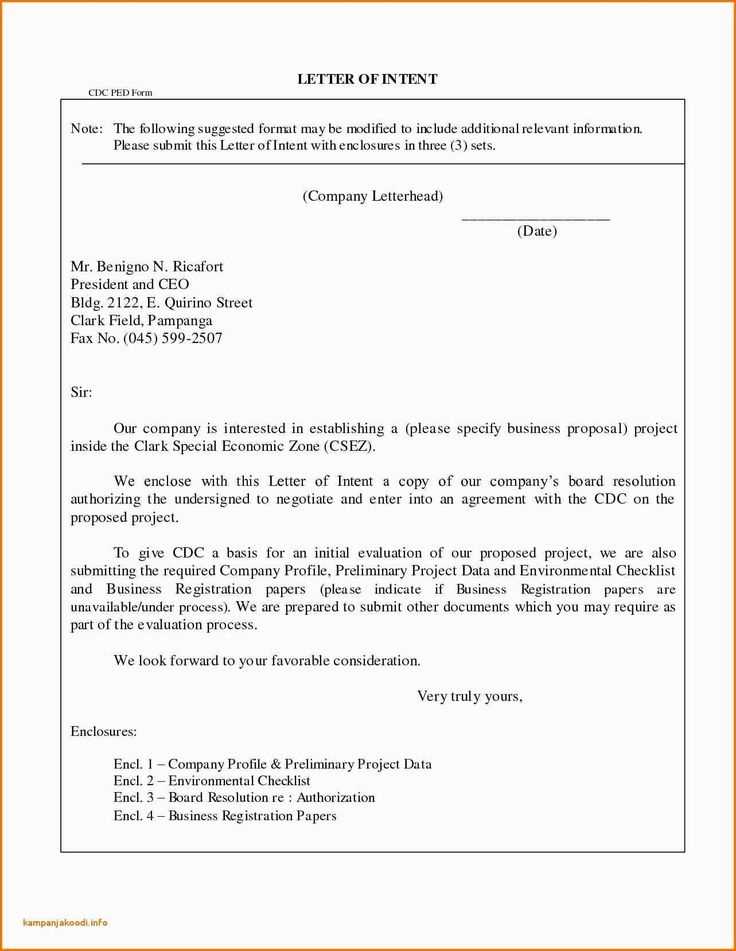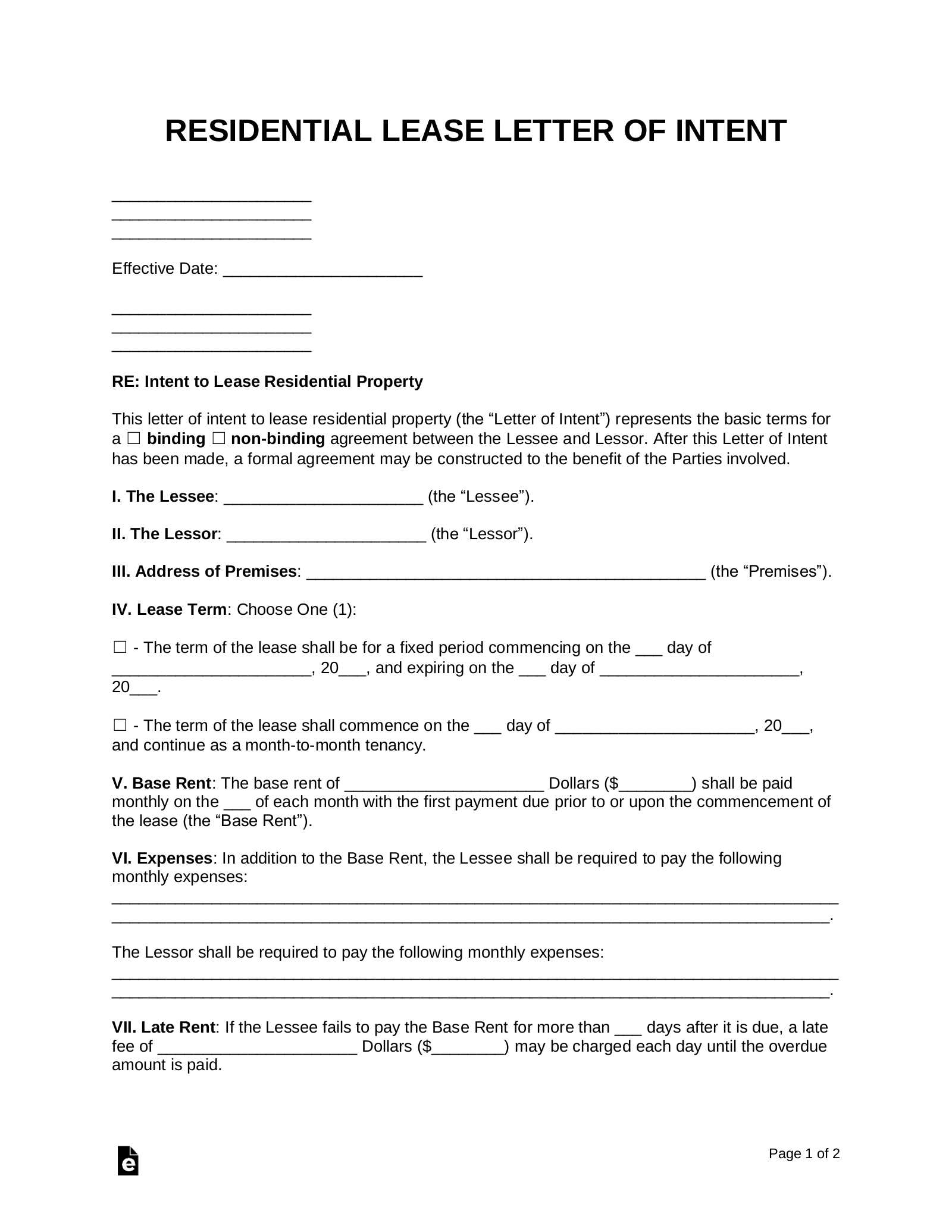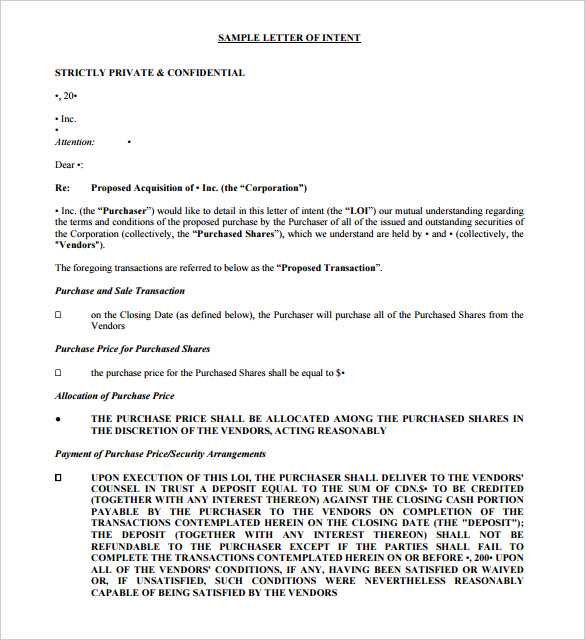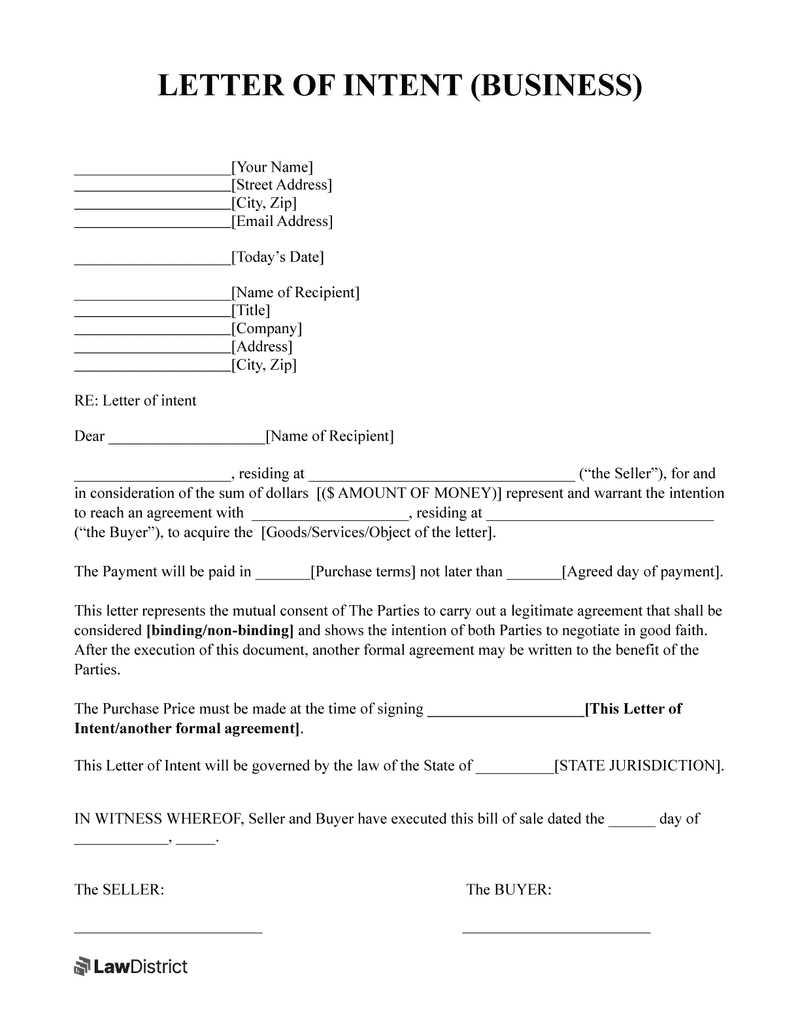Letter of intent to sue template

If you’re preparing to take legal action, a Letter of Intent to Sue can be an important first step. This letter clearly outlines your intent to pursue legal remedies, laying the foundation for further legal proceedings. By using a letter, you signal to the other party that you’re serious about your claim, while also giving them a final opportunity to resolve the matter outside of court.
Use a Letter of Intent to Sue when you want to formally communicate that you are considering legal action, but have not yet filed a lawsuit. The letter should include key details, such as the nature of your dispute, the damages you’re seeking, and a request for resolution before taking more serious steps. This not only helps clarify your position but also sets a clear deadline for action.
To get started, be sure to include the names of all parties involved, a description of the issue at hand, and the steps you’ve already taken to resolve it. Specify your legal grounds for the potential lawsuit, and give a clear deadline for the recipient to respond before you take further action. By keeping the tone firm but polite, you can increase the chances of resolving the dispute without escalating to a full legal case.
Here’s the revised version:
Ensure that your letter of intent to sue clearly outlines the key details. Start by addressing the recipient by name and title, followed by a direct statement about your intent to take legal action if necessary.
- Clearly state the issue: Provide specific details about the event or action that led to the dispute. Be concise but thorough in explaining what occurred.
- List your demands: Clearly outline what you expect from the recipient to resolve the issue. Whether it’s payment, action, or a change in behavior, be explicit in your request.
- Provide a deadline: Give a clear and reasonable timeline for the recipient to respond or take action, indicating when you will proceed with legal action if your demands are not met.
- Reference relevant laws or agreements: If applicable, mention specific laws or contracts that support your claims, but keep it brief and focused on what’s necessary to make your case.
Keep your tone professional and direct. Avoid excessive emotional language or unnecessary details. This letter serves as a formal warning and should reflect that seriousness.
End the letter with a clear statement of intent, such as: “If I do not receive a response within [timeframe], I will have no choice but to pursue legal action.” Sign off with your full name and contact information.
- Letter of Intent to Sue Template
Begin by addressing the recipient clearly. Use their full name and their position or title, followed by the company name and address. If you’re sending the letter to an individual, include their home address as well.
1. Subject Line

Include a subject line that states the purpose of the letter. A clear subject could be “Notice of Intent to Sue” or “Formal Intent to File a Lawsuit.” This ensures the recipient understands the gravity of the letter right away.
2. Opening Statement
State your intention to pursue legal action. Clearly mention that this is a letter of intent to sue, and specify the reason for the lawsuit. Use direct language, such as: “I am writing to inform you of my intention to file a lawsuit against you for [reason].” Make sure to outline the key issue that led to this decision.
3. Facts of the Case
Present a concise summary of the facts that support your claim. Include relevant dates, events, and any evidence you have gathered. Be clear and avoid any unnecessary details that don’t directly relate to the case.
4. Legal Basis
Briefly explain the legal grounds for your claim. This could include contract violations, personal injury, or breach of fiduciary duty. Specify the laws or regulations that are relevant to the situation.
5. Request for Resolution
State what you expect from the recipient. This could be a demand for payment, a specific action to resolve the issue, or an apology. Be clear and reasonable in your request.
6. Timeline
Provide a deadline by which you expect a response or resolution. This gives the recipient a clear timeframe for addressing the issue and may encourage prompt action. Typically, 10-14 days is a reasonable period for them to respond.
7. Conclusion
End the letter by reiterating your intent to file a lawsuit if the issue is not resolved. Be firm but professional, indicating that this letter is a final attempt to settle the matter outside of court.
Finally, sign the letter with your full name and include any necessary contact information, such as your phone number and email. If you are working with a lawyer, mention their name and contact details as well.
A letter to sue serves as a formal notice that you intend to take legal action. Its primary purpose is to inform the recipient of your decision to seek resolution through a lawsuit, typically after attempts to settle the matter informally have failed. The letter outlines the specific issue, details the damage or breach, and demands corrective action or compensation. By sending this letter, you are setting the stage for legal proceedings while allowing the other party an opportunity to resolve the dispute before it escalates.
This letter is not just a formality; it can also serve as evidence in court. If you go forward with the lawsuit, the letter will demonstrate that you gave the other party a chance to address the situation. In some jurisdictions, sending such a letter is a legal requirement before filing a claim, especially in cases involving contracts or financial disputes.
While it may seem like a final step before litigation, the letter also functions as a tool to show that you’ve made every effort to resolve the issue outside of court. This can sometimes prompt the recipient to settle the matter quickly, avoiding the time, expense, and stress of a lawsuit.
Clearly identify the parties involved. This includes full legal names and roles of each party, such as the person or entity sending the letter and the recipient.
Outline the purpose of the letter. Specify the intent behind the communication, whether it’s to initiate a legal dispute or notify of a potential lawsuit. Be clear and direct about the reason for the letter.
Provide a detailed description of the issue. Include facts, dates, and actions that have led to the decision to consider legal action. Be precise to avoid any misunderstandings or ambiguity.
State the desired resolution. Mention what outcome or action is expected from the recipient to resolve the issue without proceeding to court. Include specific deadlines if applicable.
Include any supporting documentation or evidence. Attach relevant documents that can help clarify the situation and support your position. This might include contracts, invoices, or correspondence.
Clearly state the consequences of inaction. If the recipient fails to respond or resolve the matter, outline what steps will be taken, such as filing a lawsuit or pursuing other legal avenues.
Conclude with a professional tone. Even though the letter may be firm, maintaining professionalism helps in setting the stage for negotiation or settlement, should that be the desired outcome.
How to Address the Recipient in the Letter
When addressing the recipient in your letter of intent to sue, make sure to use their full legal name and proper title. If you are aware of the recipient’s professional designation (e.g., Mr., Ms., Dr., etc.), include it. Always confirm the correct spelling of their name and title to avoid any mistakes.
If you’re unsure of the person’s gender or preferred title, using their full name without a title is a safe approach. In case of a business entity, address the letter to the company or organization by its legal name, followed by a reference to the appropriate person, such as “Attention: [Name/Position].”
For letters directed to a corporation, ensure that you address the right individual, such as the CEO, President, or legal representative, based on your situation. If no specific contact is known, addressing the letter to “To Whom It May Concern” might be necessary, but this should be a last resort.
Clearly state the exact date by which the recipient must respond. A defined deadline creates clarity and accountability. For example, write: “Please provide your response by [specific date]. Failure to respond by this date may result in further legal actions.” You can also specify a time if necessary, such as 5:00 PM on the given date.
| Example Deadline Statements |
|---|
| “Respond by [date] to avoid legal proceedings.” |
| “Your response is due by [specific date].” |
| “Failure to reply by [time and date] will lead to legal action.” |
Ensure the recipient has enough time to review the matter, but also make the deadline reasonable to keep the process moving forward. This balance is key in maintaining professionalism and ensuring swift resolution.
Sending a letter of intent to sue can trigger significant legal consequences. It’s a formal step that signals to the recipient that you are considering taking legal action. Here’s what you need to know about the potential legal impacts:
Potential for Settlement

A letter of intent to sue often opens the door for settlement negotiations. The recipient may choose to respond by offering a settlement to avoid the costs and time involved in litigation. This could result in a resolution without going to court.
Documented Evidence
Once sent, the letter becomes an official record of your intent to pursue legal action. This documentation may be used in court to demonstrate that you made an effort to resolve the matter before filing a lawsuit. Courts generally prefer that parties attempt to settle disputes before seeking judicial intervention.
Impact on Future Legal Proceedings

- The letter may influence the approach of your lawyer when preparing your case. Having a written record could strengthen your legal position.
- If you decide not to file a lawsuit after sending the letter, it might undermine your credibility in future legal matters related to the same issue.
Risk of Escalation
Sending a letter of intent to sue can escalate tensions between you and the recipient. They may react defensively, leading to a more contentious situation. This can make it harder to resolve the dispute amicably, even before entering formal legal proceedings.
Legal Fees and Costs
Once the letter is sent, you should be prepared for the possibility of legal costs, especially if the dispute moves into formal litigation. These fees can accumulate quickly, and you’ll need to assess whether the potential outcome justifies the expense.
After sending the letter of intent to sue, stay proactive and organized. First, keep a copy of the letter and note the date it was sent. If the letter was delivered by mail, note the method (certified, priority, etc.) and keep the receipt as proof. This will help demonstrate that the letter was sent in case you need it for future legal steps.
Monitor for a Response
Give the recipient a reasonable amount of time to respond. Depending on the situation, this could be a few days to a couple of weeks. Stay attentive to any reply, whether it’s in writing, via email, or through a phone call. If they respond, review their message carefully to assess whether it addresses your concerns or offers a resolution.
If No Response or Resolution
If you don’t receive a response or the matter isn’t resolved, consider following up. You can send a polite reminder or ask for an update. If the situation remains unresolved after this follow-up, you may need to move forward with legal action. At this point, it’s helpful to consult an attorney to evaluate your options and prepare for the next step in the legal process.
If you’re considering sending a letter of intent to sue, begin by clearly stating the reason for the potential lawsuit. Be specific about the dispute, and ensure all facts are presented in a straightforward manner. This will help the recipient understand the seriousness of the situation and encourage them to take action before the matter escalates further.
Next, outline the desired resolution. Whether you’re seeking compensation, a specific action, or other remedies, be clear about what you expect. This shows that you’re approaching the issue with purpose and are not simply venting frustration.
Be sure to include any supporting documents or evidence that strengthen your case. Whether it’s contracts, emails, photos, or other relevant materials, attaching these items provides concrete proof that the issue needs to be addressed. It’s also wise to set a reasonable deadline for a response. This gives the recipient a clear timeframe to resolve the situation and reduces the chances of unnecessary delays.
Finally, ensure that your letter is professional and respectful. While it’s important to assert your position, keeping the tone civil increases the likelihood of a productive conversation and a quicker resolution. If necessary, consider consulting with an attorney to review the letter before sending it to ensure you’re on the right track.